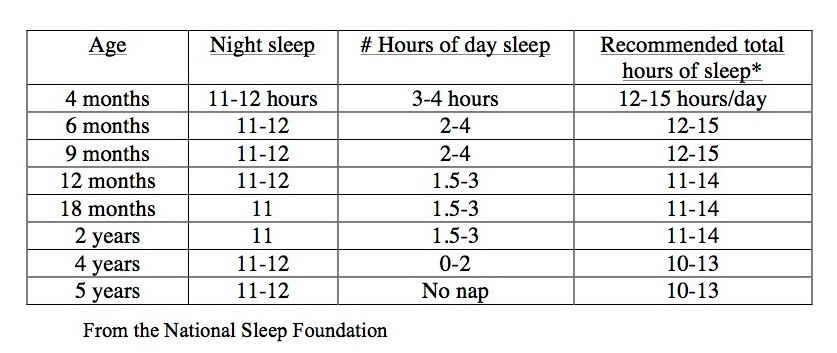two-year-old & Sleep Issues
Toddlerhood can sometimes be hard, but at the same time it can be really amazing to watch your child unfold. Seeing your little one transform into a little person with interests, wants, and needs, is often fun to watch. Around 2 years old, their speech really develops and your child goes from single phrases, to putting words together into sentences. Their brain is developing rapidly, and they have a newfound way of communicating. However, this can also cause tantrums and frustrations in their daily life. Sometimes parents will also see it affect their sleep, as the kids now knows how to stall and request more at bedtime. I often get calls from parents who’ve had ‘perfect sleepers’ and all of a sudden, their child is no longer sleeping.
What are common issues that arise at this age and how can you address them?
Stalling & Protesting Bedtime:
My husband always used to ask me ‘why are the boys protesting brushing their teeth, if it’s something they do EVERY night and they know they need to? It’s not like it’s something new!?’ And it’s so true! Why are they protesting?....This is mostly your little one asserting their independence. Using their new verbal skills to see if they can get away with doing something they don’t want to do. Doing something that means it’s time to end the day. Some toddlers will push back on bedtime, by requesting more and more books, or one more hug. Or even some water and trips to the bathroom. So how can you ensure that bedtime doesn’t fall apart?
Set up a routine: If you haven’t done so already, set up a regular bedtime routine that helps your child transition from playtime to sleepy time. This is crucial, as your child needs time to transition and unwind before sleep.
Make it short: Don’t deviate from the routine. Make sure you have the routine set up and while you don’t want to rush through it, you don’t want to let it run too long. Once the routine starts, it shouldn’t take more than about 15 minutes (teeth brushing, potty, books, cuddles, and tuck in).
Make it fun: Bringing some spark into the routine always helps keep it a little less stressful, especially at the end of the day when everyone is tired.
Provide choices: Having your child have some input on the routine, helps them feel independent, and part of the routine. Rather than being told what to do with everything. Have your child choose the books, or where you’ll be reading them.
Set limits and follow through: While this is the hardest, you need to make sure you set up limits. If you’ve told your little one there’s only 2 books and now they’re requesting one more, you cannot give in! Once you give in once, this just opens the door to more requests.
Bedtime Callbacks:
With this newfound verbal requests, often comes your little one requesting you to come back after you’ve tucked them in. I remember with my two older boys, they always knew what to say to my husband and I to get us to come back. To my husband: ‘let me tell you what I did today.’ To me: ‘one more hug mami.’ Bedtime is often hard as it signifies the day is ending and for our little ones it includes separating from mom and dad. They know how to start requesting different things to get you to come back, and we often fall into the trap.
Respond consistently: This is always the number one rule in ensuring your child’s sleep doesn’t fall apart. Whether that means you’re doing a quick check/reassurance, or telling your child you’ll check on them before you go to sleep. Try not to engage in the requests and do a quick check in without starting to scream and negotiate.
Call out last one: While reading the last book in the routine, or while tucking your little one in and giving a hug, remind your child that it’s the ‘last one (hug, tuck, kiss etc).’ Giving them a heads up that there will be no more books, kisses, tuck ins etc., can help avoid the more requests later on.
Don’t give into requests: And of course, do NOT do what your child is asking you to do. Often we fall into the trap. And we must be careful to tell our kids we will not do it, and stick to our words. You can redirect and say ‘we can read that book tomorrow morning at breakfast.’
You’re Stuck Laying Down With Them To Fall Asleep:
Around this age, many parents end up moving their little one into a bed. As you all know, I don’t suggest doing this until your child is 3 years old, or older. The change from a crib to an open bed, is a very big one. Sometimes our little ones gets scared, or starts coming out of their bed and this is when parents will often end up lying down with their child in their bed to get them to stay and fall asleep. Try not to start this habit, as it can cause sleep regressions.
Behavioral Clock: Behavioral Clocks are a great tool in teaching your child when is bedtime and when is wake up time. A nightlight that teaches your child when it’s OK to come out of the bed/room and when it’s OK start their day.
Gate or latch: I don’t suggest locking the door to your child’s door, as this can cause some anxiety at this age. Rather, I suggest putting up a gate or latch at the door, so the door can remain open (or open enough) so your little one can see the hallway and some light, and feel comfortable in the room.
Reassurance: While we want to reassure, we have to be careful on what we’re doing to reassure. Responding is necessary, but how you do it should be minimal or enough not to create a new sleep crutch. Whether that’s going to the doorway to remind them they’re OK and it’s bedtime. Or sitting in the room by the door to comfort them. Of course, if you do decide to do this method, you have to make sure you work your way out of the room so that you’re not stuck sitting in the room all night.
Did your little one just turn 2? Are you seeing any of these new habits start forming? Let’s talk!








